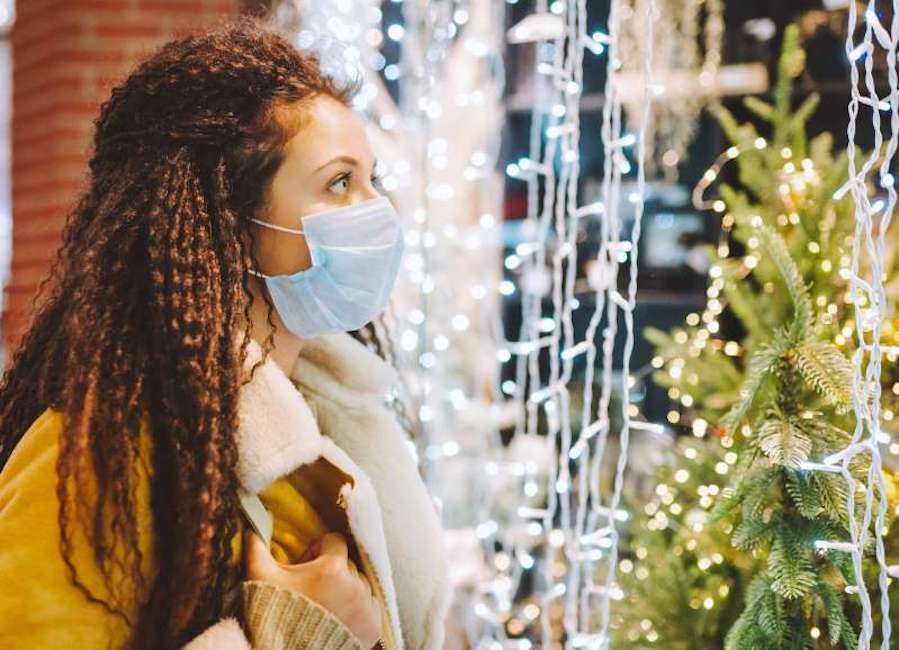This year’s holiday season will no doubt be different. The holidays are already a time of increased mental health risks because of anxiety, depression, seasonal affective disorder, alcohol/substance use and other factors. Now, the COVID-19 pandemic will add a major pressure to the festive season.
Whether you mark holidays in December or not, typical winter customs are being disrupted. The pandemic has had a significant impact on society’s ability to connect and has also reduced individuals’ access to wellness-maintaining strategies and activities. For example, COVID-19 has limited and in some cases halted visits with loved ones, gatherings with friends and colleagues, and as cold weather comes, our options for outdoor activities will decrease.

A new perspective and approach may be required to get through this year’s holiday season.
As a health psychologist and a psychiatrist, our work at The Ottawa Hospital over the last decade has been focused on staff and physician wellness.
When people are experiencing a chronic crisis, it’s exhausting, and leads to wear and tear on both body and mind. This can lead to “survival mode” in which we can become more focused on our own needs.
As we feel the impact of COVID-19 fatigue, there is increasing acknowledgement of the impact on health and wellness of the front-line workers. One of the biggest boosts we can give ourselves is to give to others. Self-transcendent emotions, which include compassion and gratitude, have a positive physiological impact by stabilizing our heart rate and blood pressure. In fact, giving to others stimulates the brain’s reward centre, and that’s why it feels so good.
Giving doesn’t have to be monetary. Messages of gratitude can be delivered throughout this pandemic to everyone working on the front lines, including health care professionals, teachers, delivery services including post office outlets, and all of the those working in businesses like stores, pharmacies and restaurants. Thank you.

In uncertain times, people can get overloaded by too much information. One way to reboot is to get out of your head. Try to pick activities that use your hands and your body. This slows you down and can shift your focus into the here and now. This can give you a sense of control and anchors you to the present. Art and crafts, photography, exercise and playing a musical instrument can all provide a means to focus our attention on a specific and in in-the-moment task.
For a bigger boost, think back to activities you loved as a kid, such as colouring, dancing, baking, singing at the top of your lungs.
We used to worry about how attached we were to our devices and particularly concerned about total screen time for kids. For many, this may be the only way to connect to others, and for some this might be the safest way to connect to family and friends over the holidays. It may be even more essential for those who live alone and/or who may have lost a significant person in their lives this year.
Part of “Zoom fatigue” may be linked to inactivity and repetitiveness of our daily activities during the pandemic. There may be innovative ways, through technology, for you to enjoy activities you used to do, and reach out for support and connection.
As we reflect on how to approach the holiday season, it’s important to scale our expectations and be compassionate with ourselves and others in these unusual times. We do need to make space for all of the emotions — good and bad — that we are experiencing. This may include frustration, anger, anxiety, sadness and disappointment.
It’s important to proactively set up activities and actions that can connect us to our humanness: expressing our kindness and gratitude to others, being in harmony with our technology, and trying to reconnect with moments and times in our lives that were meaningful or joyful.
